How to Pretest Pattern Changes with “Minipats”
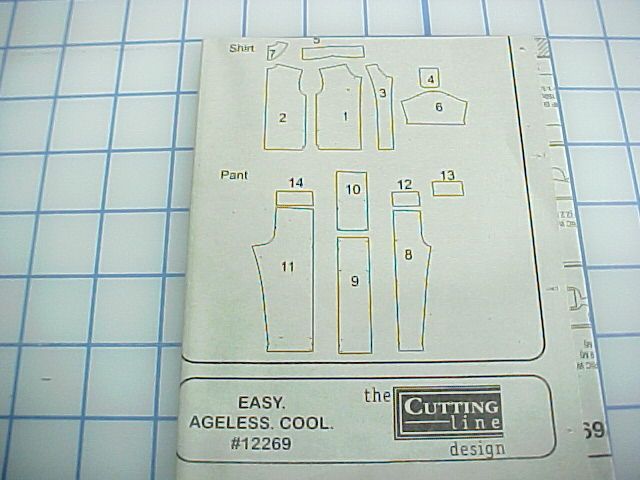
You want to lengthen a short sleeve into a long sleeve, but you’re afraid you’ll miss the desired length. Or, you want to alter a section of the pattern, or would like to try a design detail, but the prospect of drawing, cutting, and tracing the pattern pieces seems daunting and time-consuming. Here’s how I make exploring the possibilities easy.
Usually on first page of the instructions sheet, you’ll find little pattern pieces known as “minipats.” Enlarge them by 200% to 400% on your printer or copier, and work out your alterations or design ideas on a much smaller scale. This enables you to test-drive your pattern change with the least effort and without risk.
These minipats are scaled to each other.
Making a short sleeve longer is one of the easiest alterations to make.
Enlarge the pattern 400% for easy visibility.
Draw the underarms to the desired length. Don’t forget the turn-of-the-cloth adjustment at the new hem’s outside edges.
The shirt front would be great if color blocked, but where do you draw the lines?
Don’t forget the seam allowance between your cuts.
Alterations can be done in the same way.
The blouse can be in a size that better fits the upper body.
It can also be expanded to accommodate the hips.
Whether your changes are for design or fit, working out the details with mini patterns saves time and energy.
Have you used this technique or a similar method for enlarging your patterns? If so, please share below!
Start your 14-day FREE trial to access this story.
Start your FREE trial today and get instant access to this article plus access to all Threads Insider content.
Start Your Free TrialAlready an Insider? Log in


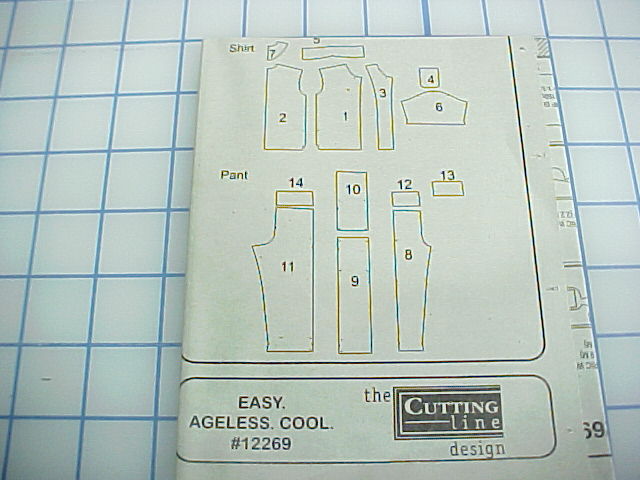
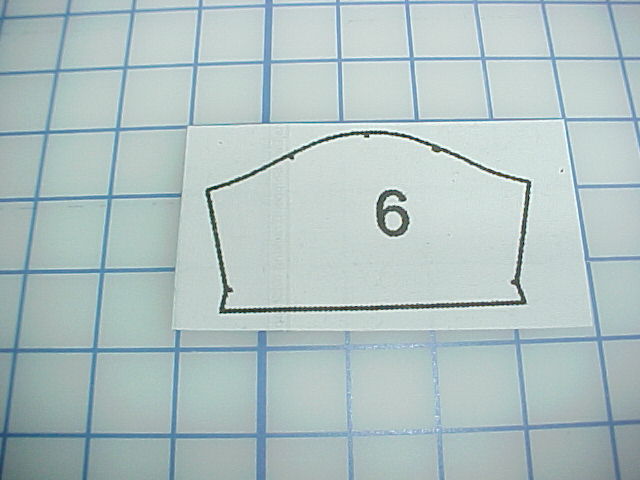
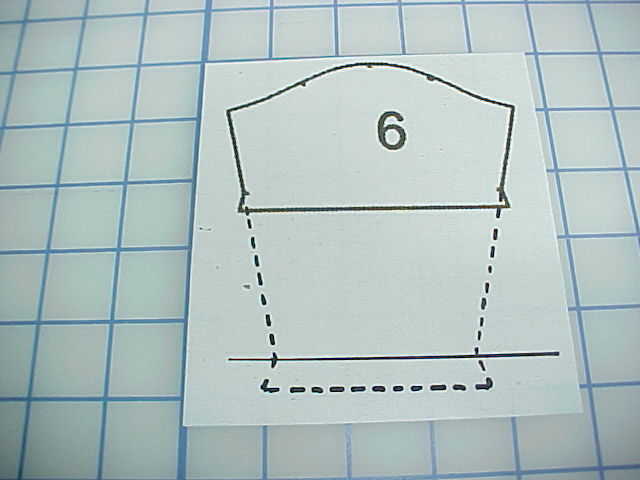


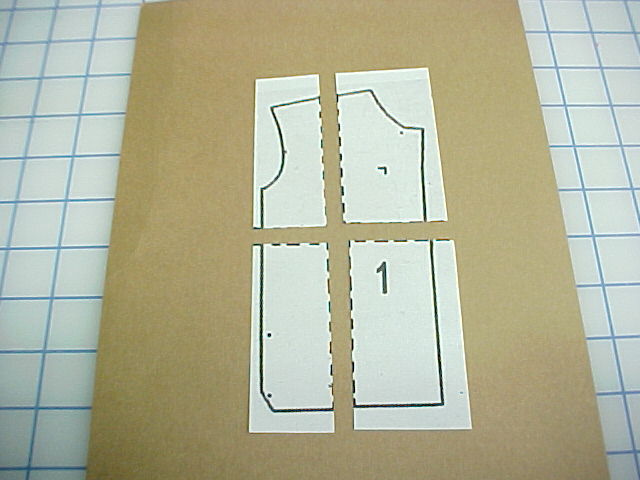

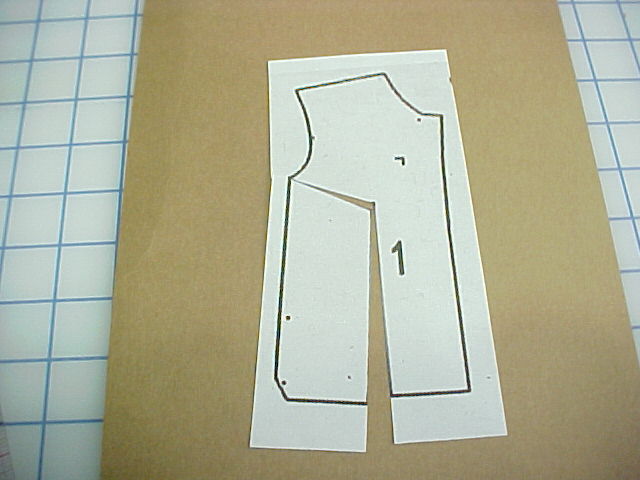


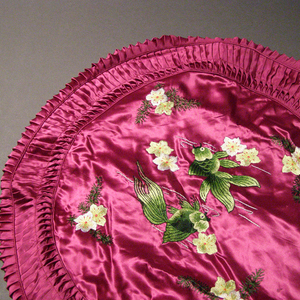

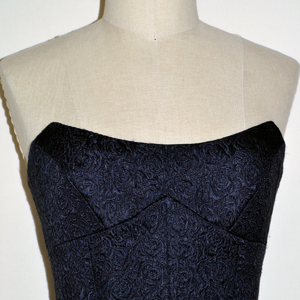
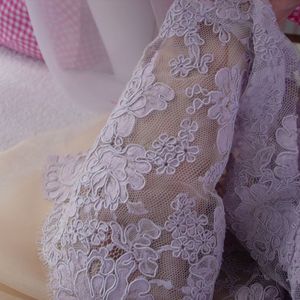






























Louise Cutting is sewing royalty!
There, someone finally said it.
What a neat idea. I have altered some patterns by tracing the paper pattern piece onto "Remay" type material. A spun bonded fibre which is see through, light and hard to tear. Much more supple than paper. This way I don't have to change the paper pattern piece at all. I don't do this with ALL patterns, but if I have to alter a pattern, the spun bonded material works great. I also use this material when I copy Kwik-Sew patterns. Neat idea.
What a good idea! I'm going to try it. :)
I'm "new" back to sewing after 40 + years and any and all tips are greatly appreciated!!! Thanks for sharing.......!
I look forward to Louises' contributions to Threads. Her experience and creativity is a great asset to sewists, both newbies and experts. Thank you!
I'm always learning something new from Threads. This is a great tip & I'm sure will prove very helpful.
When I was a kid, my mother used this technique to make doll clothing to match the outfits she made for us girls.
I think this looks kind of familiar, I took a dress drafting class three months ago. We made patterns for 18" dolls. Before making clothes for our selves. This methed is probably better than the schools methed . I think you have something good ! Posted: 4:49 am 7/24
Great post. Often when I'm considering a pattern, I look at the guide sheet to determine how I'd make my FBA and to see the of the pattern pieces. Using the diagram to pretest in minature version is a great way to further access changes.
That is great ideal, thank you.
This is much like using 1/4 scales in design school. I love using 1/4 scales! You can experiment with ideas without using a cumbersome, full-sized pattern. This is a great variation on the concept - I'll have to try it!
I first tried this with the infamous Vogue 7464 hat pattern, scaling the pieces up by 3X. Since then, I do it all the time. It really helps figure out where things are going and how they can be resized. This is now my preferred way of making up new patterns for myself; there's always scrap paper lying around, and using lined notebook paper gives me a grainline/stripe tool to work with as well.
Will try this. What a clever idea!!
Nifty idea...I will be trying this. thanks, Louise...I use your ideas and advice quite often.
Terrific idea! Are the "minipats" on pattern instruction sheets produced at a standard scale so that consistently enlarging x% will get a pattern that fits the half-scale mannequins many of us use?
Jumping in here...'minipats' are scaled to each other (or at least Cutting Line Design 'minipats' are. But, as far as scaled for x% and all 'minipats'...generally it is alloted to the space avaliable on the instruction sheet. some are quite small and others are a decent size.
A lady e-mailed me that she was able to make her daughter's American Girl Doll a Jeans Jacket using the 'minipats' from 'By Popular Demand' from my pattern line, she enlarged just the front a little at a time until the little pattern front was close in scale to clothes she already had for the doll. Then enlarged all the other 'minipats' the same %.
Louise
'Tis brillig! I wanted to make a test for a kimono - notoriously fabric intensive - but didn't know how. Thank you, Louise! Have I told lately that you're a genius?
'Tis brillig! I wanted to make a test for a kimono - notoriously fabric intensive - but didn't know how. Thank you, Louise! Have I told lately that you're a genius?
Great idea. I often alter tops to accommodate my large hips. Is there a reason that cutting the bust dart to enlarge the hips is better than just re-drawing the line from armscye to hip?
I have always needed to modify my patterns because of my build. I am short and heavy but, not heavy all over so this always proved to be a challenge when making something new for me. I always cut and changed the pattern pieces but never thought about the minipats. Never new what they were called either. This will make it so much better to be able to do it this way. Thanks so much for all your ideas.
Beth
Takes me back... I used my older sister's dress pattern's minipats to make my tiny Dawn doll clothes when I was just a kidlet.
hello i am new here ... i have been using this trick for nout on 20 years now to make doll clothing for almost any size doll
i mostly work with barbie , gijoe and other dolls like these that are 1/6th scale and also i do 18 inch dolls too its a great way to make doll clothing that matches your child's clothes so mom or dad can have an outfit , their son or doughter can have an outfit and barbie or gijoe to..everyone can wear the same outfit together ..its cool
Are mini pats in a standard ratio to the original pattern? Just asking because I can make all the changes I want but it's useless if I want to scale up the ideas. Should I measure the mini pattern piece and work out the ration with the original sized pattern piece? Then it would be simple maths to upscale?
Wonderful idea I will try it for the doll clothes I make for my nieces Thanks again!!!!!
I love this idea, and I REALLY love the moms who are doing this for their kids' dolls. That is so sweet! But I must be dense because I'm surprised no one else has asked this question...how do you enlarge them?? I can see doing it on a xerox machine, but how on a home printer?